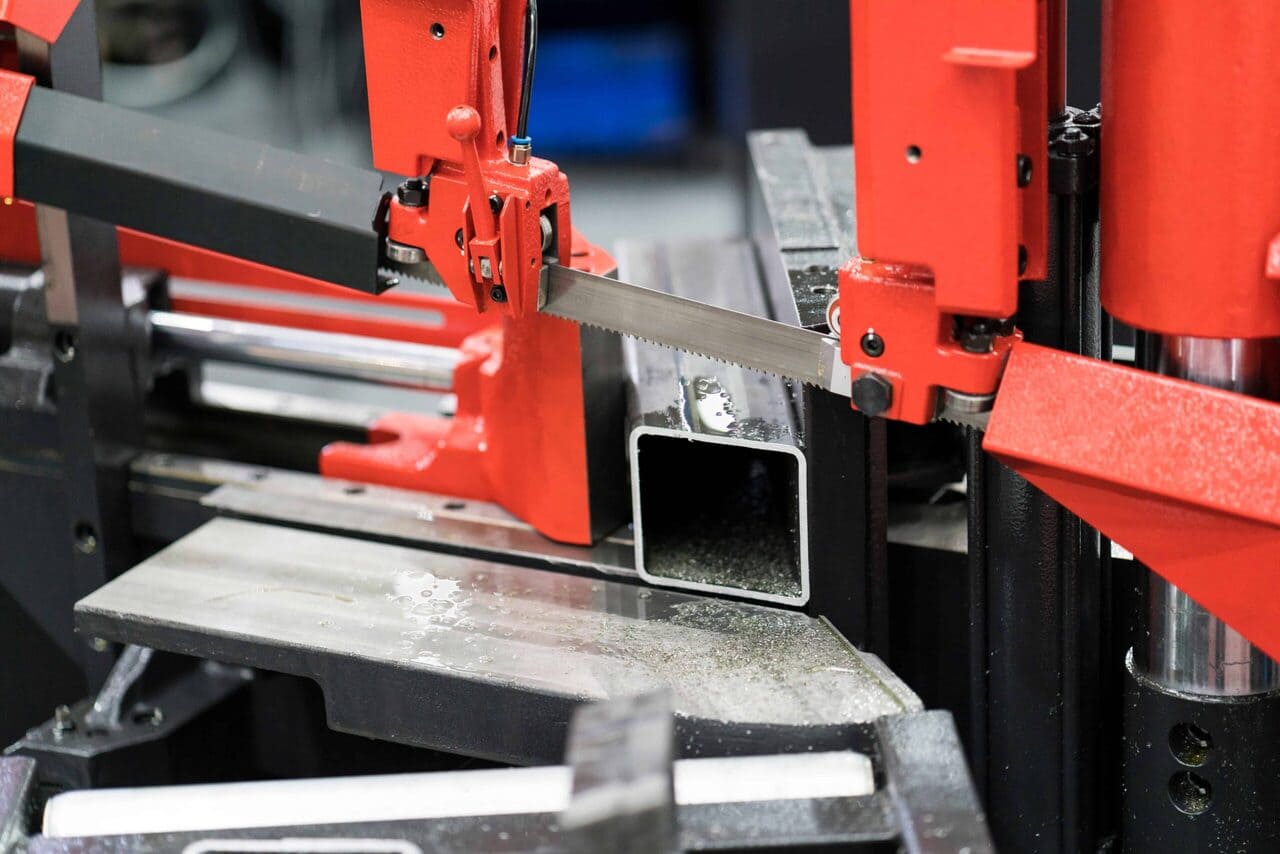Fabricating parts and components can be a challenge if the metals you purchase aren’t already sized to the dimensions you require. However, cutting these metals to size can prove to be an expensive and time-consuming process, as there is a wide range of metal alloys available with unique machining properties that require special tools to prevent work hardening or distortion during sawing. Many fabricators and smaller machine shops simply cannot afford the expensive equipment required for production metal sawing and processing.
Below, we discuss more of these challenges as well as the benefits of outsourcing metal sawing to a reputable service provider with the capabilities of producing precision-cut metals quickly at a reasonable price.
Challenges with In-House Production Metal Sawing and Processing
Below, we look at two of the most common challenges of production metal sawing and processing—cost and time.
Cost
The cost incurred for cutting metals can be divided into two categories: fixed cost and variable cost. Fixed cost caters to machine and tool holders, labor charges, and costs towards administration, while the cost of cutting tools and workpiece materials is variable. Here are three different ways in which metal sawing can turn into a costly process.
Material Waste and Overbuying
Specialty alloys like titanium and Inconel are popular for harsh environment designs; however, the high melting points and complex process requirements of these alloys make them way more expensive than regular go-to alloys like steel and aluminum. Titanium alloys cost nearly double the cost of aluminum. Moreover, these types of metals come with certain machining challenges.
For example, having a lack of experience working with these specialty metals can result in the generation of a lot of metal scrap. Unless you have a metal recycling program in place, these scraps, which are often unusable, will result in a loss to your budget. You also will have to purchase more materials to meet the project requirements. In the long run, processing scraps and overbuying could negatively affect your ROI.
Costly Machine Setup
Some alloys, especially nickel alloys, are difficult to machine in the annealed condition. Under heavy tensile strength, their surface undergoes plastic deformation ahead of the tool, making it hard for the tools to cut through. Thus, they require large industrial saws that can cut through thick plates up to 12 inches with ease. However, the initial setup may cost hundreds of thousands of dollars, which can be detrimental to the budgets of small machine shop owners and fabricators unless they are guaranteed a continuous work supply to recover the investments.
Tool Damages
High-temperature alloys like tungsten, stainless steel, and molybdenum are highly sought-after for a wide range of service areas and applications. The unique properties that make these specialty alloys great for high-temperature environments also make them difficult for the machining process. Due to the low coefficient of thermal expansion, excess heat is produced during the machining process that adversely affects tool life and quality of finish. Moreover, they tend to work harden and form long, sticky chips that entangle the tool, damaging the teeth in the long run. Even experienced machinists find these alloys challenging to machine, and frequent tool damages would reflect a loss figure in your balance sheet.
Time
In-house production metal sawing and processing can cost you valuable working time in the following ways:
Pre-Machining Preparations
There are certain things to consider before cutting a metal block. To correctly plan your cutting strategy, you must first understand the material type, including its essential machining properties, such as hardness, tensile strength, and temperature tolerance. Procuring the right alloy grade also matters, as no two alloys are the same. You must also choose the right cutting tool geometry that directly influences the efficiency and economy of the cut.
Using an old-fashioned hacksaw can not guarantee a fast and easy cut in the case of every metal, especially for nickel-based alloys that require a rigid setup to address vibration and heat production. Moreover, to retain dimensional stability, nickel-based alloys need to be annealed post-machining. Unless you have experts to guide you, learning the correct processes can be very time-intensive.
Tool Changing Time
To optimize the economics of machining, fabricators try to increase the cutting speed to achieve higher metal removal rates. However, more tools are used when speed or feed rate are increased; thus, replacing or re-sharpening the tool becomes imperative. As a result, the cutting operation is paused for a certain time. This frequent interruption causes a loss of productivity, and the time spent on periodic tool maintenance also affects your turnaround time.
The Benefits of Outsourcing Your Metal Sawing Responsibilities
The cost of fabrication is increasing at a faster rate than the price of the goods that are sold. One of the best ways to improve the machining economy is to continuously increase efficiency, leading to higher productivity.
There are three factors to consider for maximizing machining productivity:
- Cutting speed
- Feed rate
- Cutting depth
The slowest cutting speed with the highest feed leads to the highest productivity. However, with a slow speed, the output stays below the expected level of small shop owners and fabricators. Thus, it is imperative to outsource the task to an ideal metal cutting service provider to save time and resources for other essential sections of the project, as it would offer you the following benefits:
- Zero investment on a costly setup: Instead of having to spend up to hundreds of thousands of dollars on costly sawing equipment, you can save a large amount of money by paying a small fee to have your metals cut-to-size by an outside provider.
- Little or no material wastage: Outsourcing your metal sawing saves you from producing metal waste and overbuying materials to make up for the loss.
- Save valuable working time: By outsourcing production metal sawing and processing, machinists and fabricators can focus on producing parts and components, increasing productivity.
- No maintenance costs: As there is no need for in-house sawing setups, there is no periodic maintenance or machine breakdown cost involved in the machining process.
- Increase ROI: Under ideal production environments, you could see an exponential rise in your ROI, as you save time and resources in the long run when you outsource your metal sawing.
Affordable Metal Sawing Service in the Bay Area
For more than two decades, Industrial Metal Service has been providing metal sawing services to fabricators, hobbyists, and small machine shops in the San Francisco Bay Area and beyond. By outsourcing their metal sawing needs to us, these fabricators and machinists are able to focus on producing parts and components for crucial projects while letting us cut their metals to the required dimensions.
Our Amada PCSAW 530 X band saw with pulse cutting technology is excellent for cutting high-strength metals such as titanium without any work distortion, while our MetlSaw NF12-T12 quickly cuts aluminum alloys with the highest precision.
Contact us today to discuss your production metal sawing and processing needs. We will make it easy for you to work with us.
 Cast Plate
Cast Plate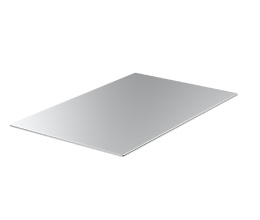 Sheet
Sheet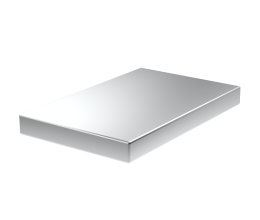 Plate
Plate Rectangular Bar
Rectangular Bar Flat Bar
Flat Bar Square Bar
Square Bar Round Bar
Round Bar Diamond Plate
Diamond Plate Angle
Angle Channel
Channel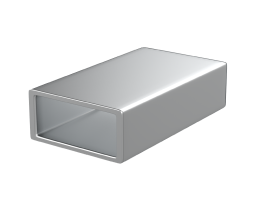 Rectangular Tubing
Rectangular Tubing Square Tubing
Square Tubing Round Tubing
Round Tubing Pipe
Pipe Sheet
Sheet Plate
Plate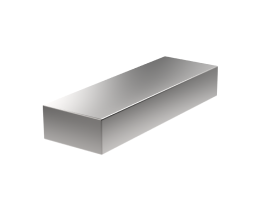 Flat bar
Flat bar Diamond Plate
Diamond Plate Angle
Angle Channel
Channel Rectangular tubing
Rectangular tubing Square tubing
Square tubing Round tubing
Round tubing I Beam
I Beam Sheet
Sheet Plate
Plate Rectangular Bar
Rectangular Bar Square Bar
Square Bar Round Bar
Round Bar Rectangular Tubing
Rectangular Tubing Square Tubing
Square Tubing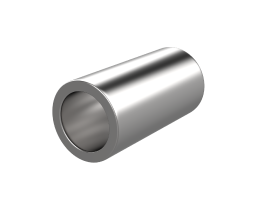 Round Tubing
Round Tubing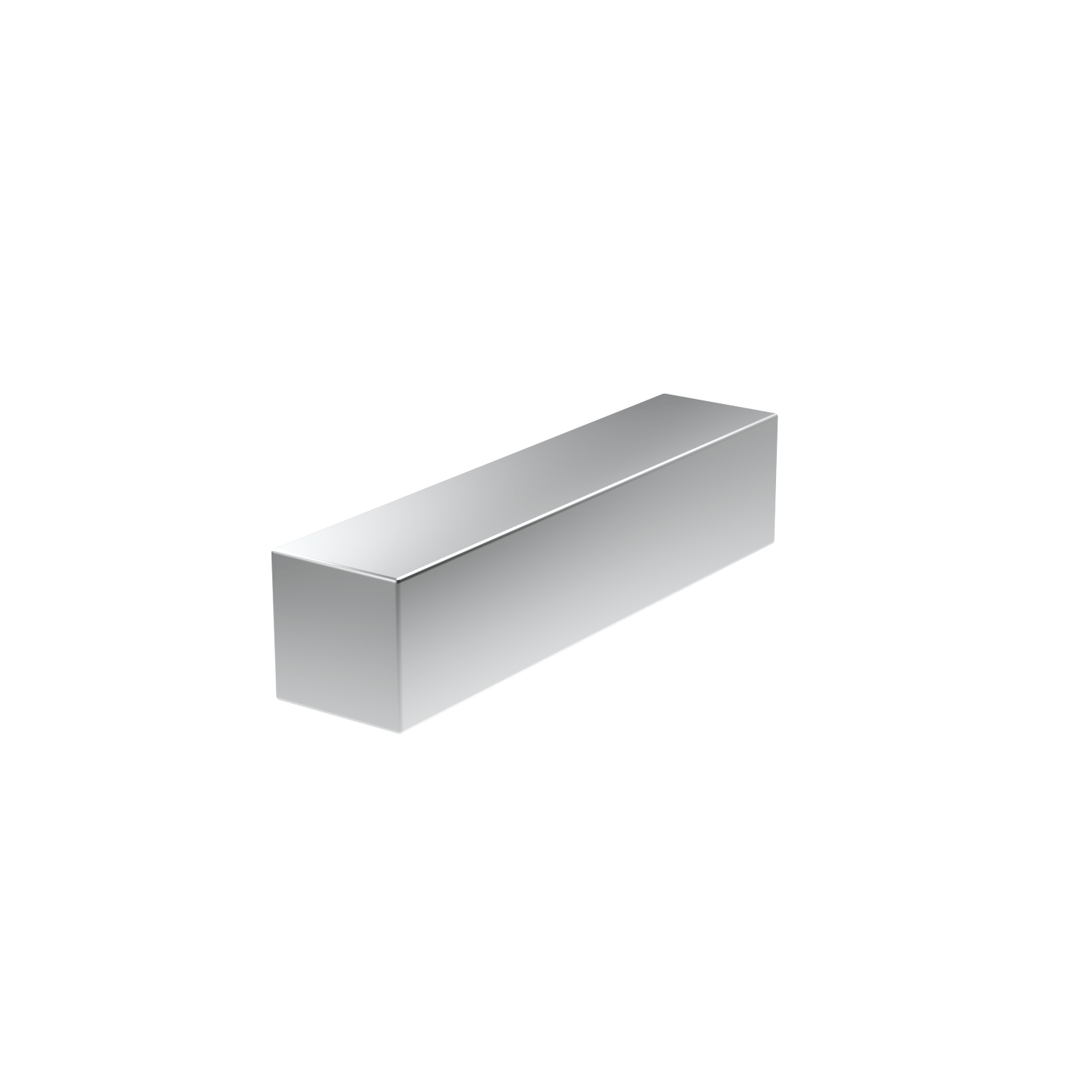 Square Bar
Square Bar Angle
Angle Round Plate with Drophole
Round Plate with Drophole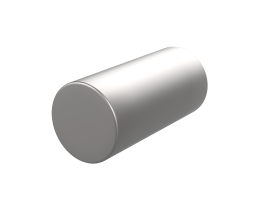 Round Bar
Round Bar Flat Bar
Flat Bar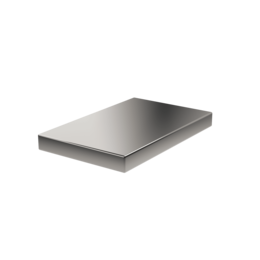 Plate
Plate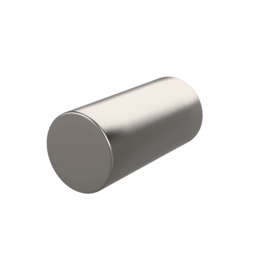 Round Bar
Round Bar
